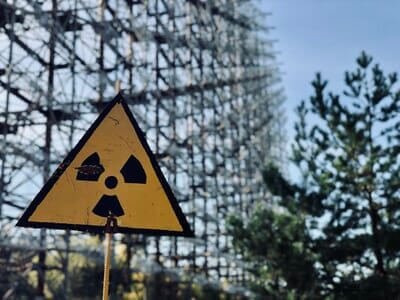High meat and fat consumption
Coffee, tea, colas
Aflatoxins (especially in peanuts and soy sauce)
Lack of iodine, Vitamins A, C, E
Amines in unrefrigerated foods, processed meat, cheese
High intake of certain vitamins
Habit of overeating (associated in 35% of all cancers)
Some species of mushrooms
Diet high in refined foods
Diet high in fat or protein
Diabetes
Overweight
High “transit time” through colon
Estrogens
Hair dyes
Asbestos fibers
Use of tobacco, alcoholic drinks, caffeinated and decaffeinated drinks
Excessive exposure to chemicals
Stress
Exposure to cold, heat, and radiation
Long contact with sick pets
Chronic irritation or infection
All viral illnesses (flu, colds, rashes, diarrhea)
Early sexual activities—cervical and foreskin cancer
A kidney transplant
History of any previous cancer
Nonspecific factors: age, race, sex, occupation, family history of cancer
Food preservatives such as BHT
Deficiencies of essential fatty acids in the diet.
Childhood leukemia has been linked to electric and magnetic fields near residential areas for the last 25 to 30 years. Supportive research is continually being reported, although not as major factors (Ref. American Journal of Epidemiology 134(9):923; 1991).
Major electrical lines or transformers should be at least 100 feet away.
Processed fat intake is linked to cancer in older women, especially the fat found in red meat, dairy butter, margarine, mayonnaise, fried foods, cooking fats, and salad oils.
The consumption of cured meats, most notably bacon, increases one’s risk of getting cancer, as it increases the dietary sources of certain nitrogen-based compounds which are precursors of nitrosamines, strong cancer-producing chemicals.
The use of common table sugar (sucrose) and monosaccharides such as fructose have been shown to encourage an increased risk for getting certain types of cancer of the liver and gallbladder (Ref. Preventive Medicine 24:591; 1995).
Chlorination of water has been proclaimed a risk factor for bladder cancer (Ref. Cancer Causes and Control 7:596; 1996).
Most effective ways to overcome blog's problem
Agatha M. Thrash, M.D.
Preventive Medicine
Preventive Medicine
THE RISKS
Cancer is the result of the simultaneous action of at least three factors a virus, an injurious agent and a native weakness. We can determine cancer susceptibility early in life and keep up the body’s defenses by carefully managing lifestyle. Animals may be the reservoir for cancer viruses. Animal products figure highly in cancer risks. Viral particles have been found in certain cancers and in milk and eggs. Cooking may not be adequate to make animal products safe, as even heat-killed viruses have caused cancer in hamsters. In countries where dairy industries are well developed, cancer rates are high; where poultry industries are well-developed, leukemia and early maturation of children are high. There have been “clusters” of cancer cases associated with sick pets as well as with certain places. Implicated as cancer virus carriers are monkeys, chickens, cows, cats, and dogs.

Eighty-five percent of cancers are directly related to the environment in one way or other, and another 10 percent are indirectly related. Estrogens and bile acid derivatives are internally produced carcinogens which are recognized as being related to environmental factors. Examples of environmental factors include the following: There is a three times higher risk in women to develop bladder cancer if as little as one cup of coffee per day is taken. Any X-rays to the mouth, head, neck, and even diagnostic X-rays, increase the risk of developing thyroid cancer. Atromid-S (Clofibrate for lowering cholesterol) is associated with a higher incidence of cancer and gallbladder disease. Amphetamines, once used in weight reduction programs and now used for hyperactive children, may increase six-fold the risk of later development of Hodgkin’s disease. In the United States, about 32,000 deaths per year are attributed to Hodgkin’s disease.

Since so many different things cause cancer, it is difficult to put one’s finger on any one thing as the cause of a specific cancer. A number of common agents in the environment are repeatedly incriminated as factors in increasing one’s risk of developing cancer and these should be considered. Where possible these items should be eliminated from one’s close-by surroundings, as the working together of many different factors can eventually overcome the defenses of the body and encourage the growth of cancer.

It is a berry good idea to eat berries when they are available. Anthocyanins – antioxidants that give berries their red, blue and black colors – might help delay the aging process, protect the heart and circulatory systems, and prevent mental decline. The darker the berry, the higher its concentration of antioxidants. Among all common fruits and vegetables, berries have the highest concentration, especially those with dark-colored skins.
GENERAL CANCER RISKS: ALL AREAS
Following is a listing of certain factors known to increase risks for cancer, at least under certain circumstances:

